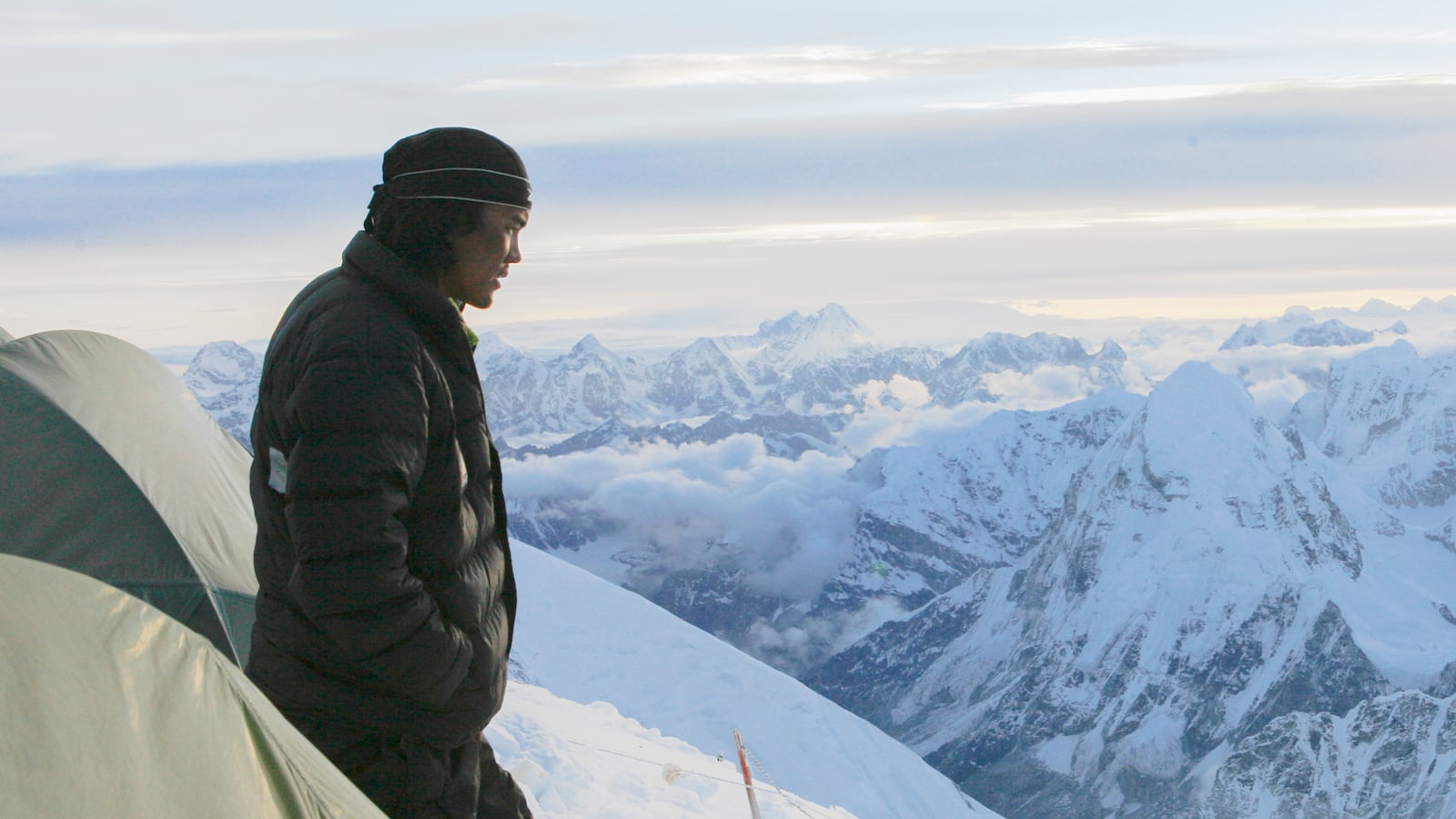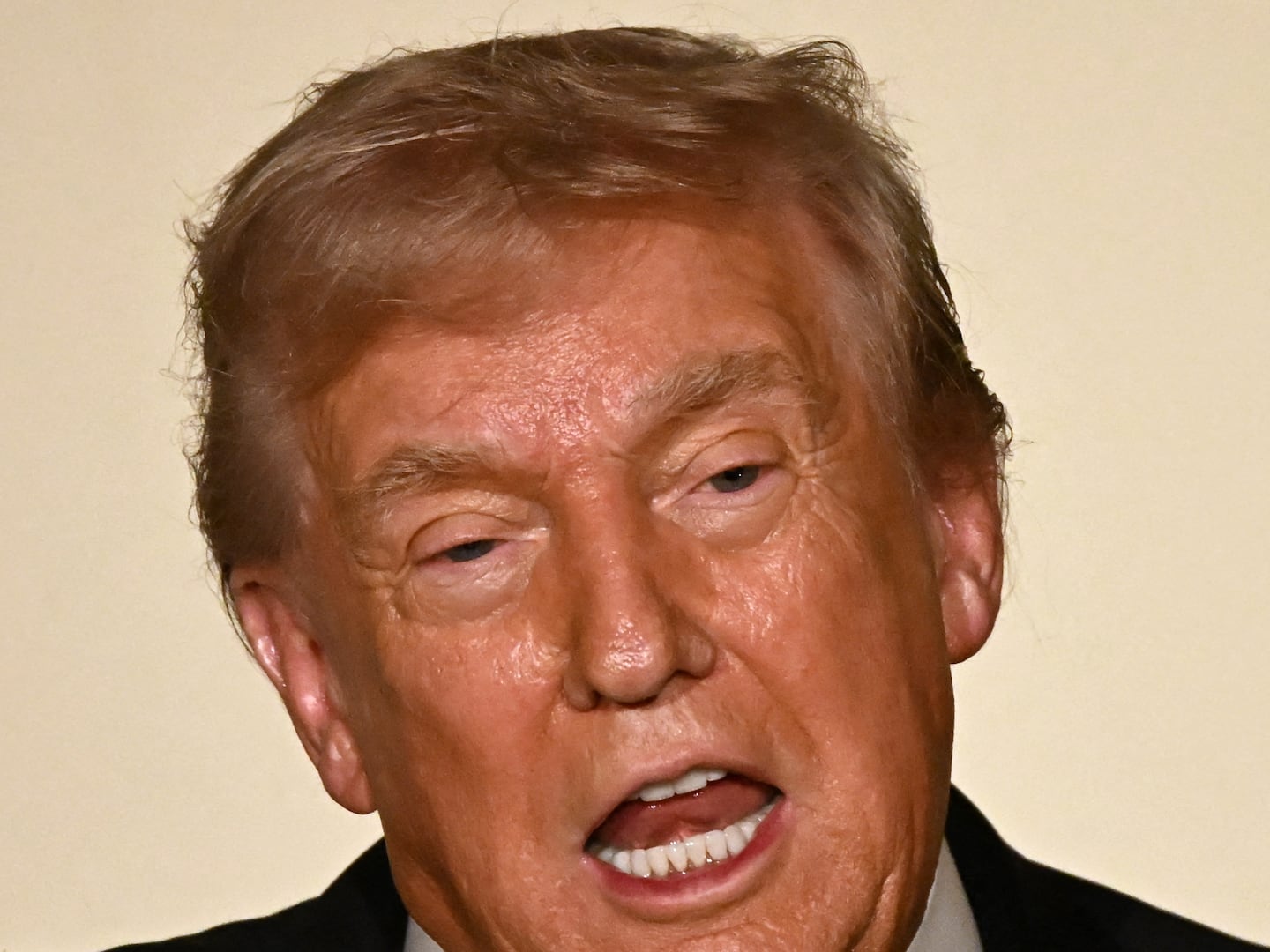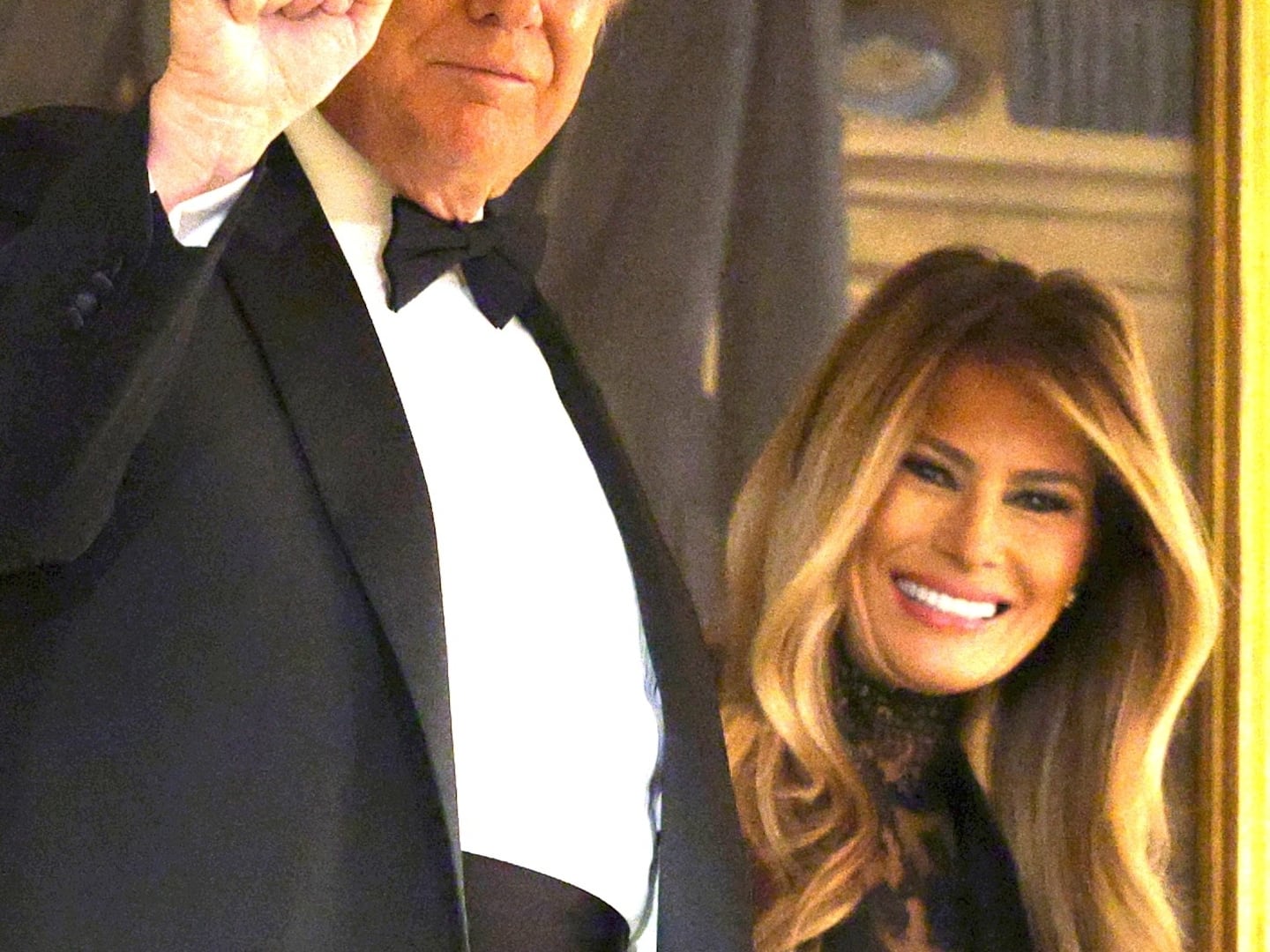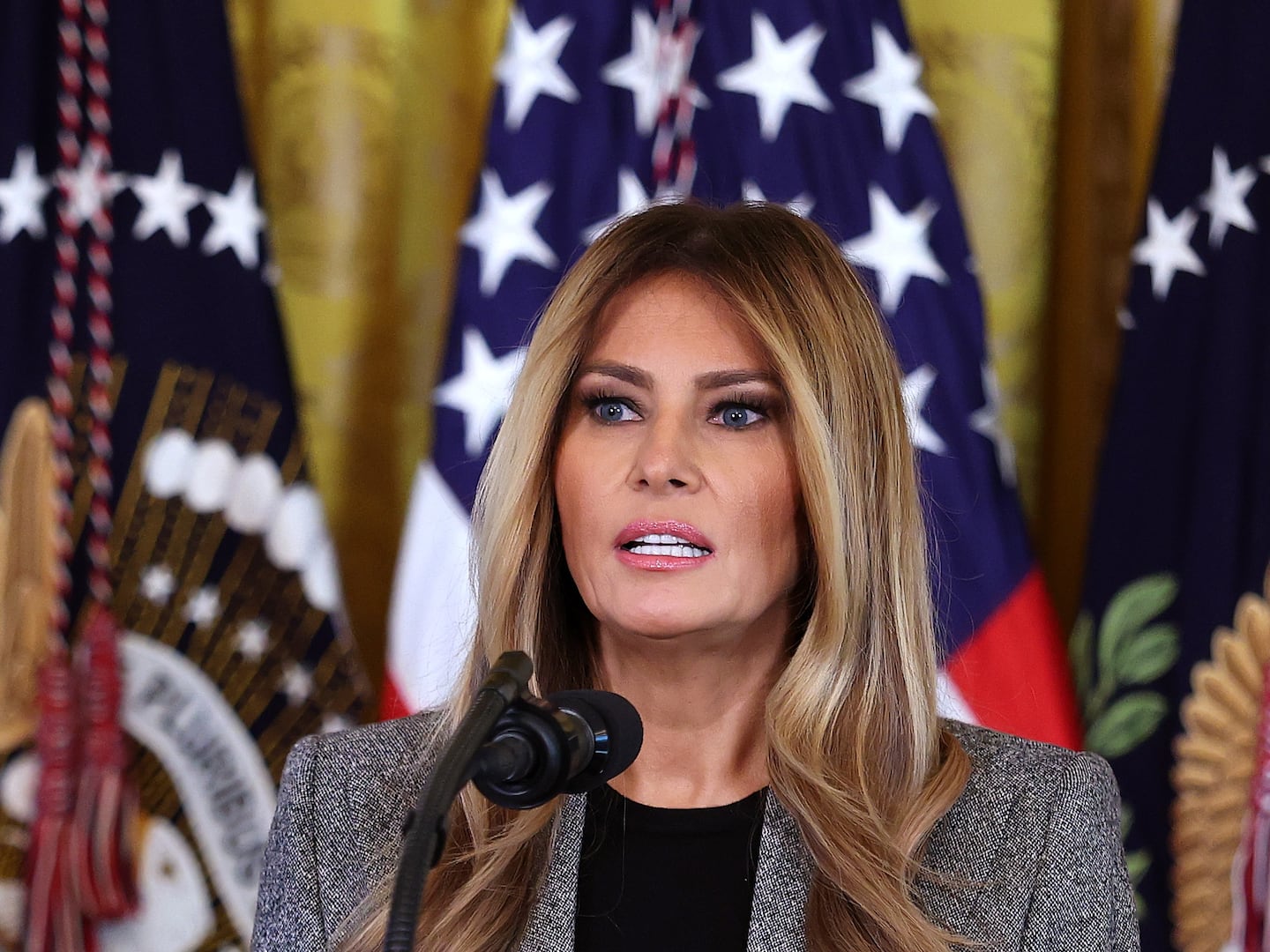When disaster struck Mount Everest in 2014, an unprecedented avalanche wiped out 16 Sherpas but left dozens of wealthy Western climbers untouched. Mourning evolved into a Sherpa strike, and deep-rooted tensions erupted after more than half a century bubbling below the surface.
Who better to showcase the racial standoff than a privileged white American?
A race divide has separated Everest’s best-known conquerors and its unsung heroes ever since Tenzing Norgay and Sir Edmund Hillary reached the summit together in 1953. From the global celebration of Hillary, right up to this year’s blockbuster movie Everest, it’s usually the white guys getting all the credit.
After last year’s devastating avalanche, a group of Sherpas decided they’d had enough. They refused to trample over the bodies of their fallen comrades—who had been entombed in an icefall—and the entire climbing season was brought to an abrupt halt.
By total coincidence, Australian filmmaker Jennifer Peedom was at Base Camp to make an Everest documentary called Sherpa, which will be broadcast on the Discovery Channel next year. Her cameras were rolling inside the rival camps as the Sherpas voted to strike and the Westerners worried that the locals were about to end their dream of reaching the world’s highest summit.
Without the Sherpa mountain guides, who are drawn from an ethnic group based high in the Himalayas, there is no way the Westerners could reach the top. It’s the Sherpas who set up the ropes and fixing points, as well as carry their tents, their oxygen tanks, their food and their toilets.
When the Westerners’ guide, Russell Brice, explains that the Sherpa strike leaders have forced all of the Sherpas to down tools, an American climber is flabbergasted that local people could put a stop to his $60,000 adventure.
“There’s no way you can talk to their owners?” he asked Brice, apparently confusing the ethnic Sherpa employees with slaves or some form of property. “If this was one of your Sherpas, you could have them removed from the mountain.”
None of the other Westerners said a word to challenge him, and Peedom could not believe what she was hearing. “My jaw literally dropped,” she told The Daily Beast. Perhaps he had meant the owner of the company that employed the Sherpas, she suggested generously. “I can’t quite believe it. Pretty shocking though if that’s what he did mean,” she said.
The American is not named in the credits and the director refused to divulge his identity, but he wasn’t done there.
When it was confirmed that Sherpa strike action had curtailed the climbing season, he was back on camera—this time comparing the mountain guides to Islamic terrorists.
“We’re being held captive by terrorists is how I look at it. When people demand change and threaten it by violence that’s a terrorist. We in the States, we know what that it is, that’s 9/11,” he said. “How do you mentally prepare yourself to get up here and be turned away because a group of terrorists are demanding that Westerners leave Base Camp?”
Peedom had set out to tell the story of Everest from a different perspective. After two previous trips up the mountain she knew there was a tension between the white climbers and the local experts, even if she never imagined she would capture such an ugly example.
“It had always struck me that the Sherpas hit the cutting room floor in most, if not all, of the Everest movies. To show how much of the work they actually do doesn’t suit the hero narrative of the Western climbers so they often get cut out,” she said.
The latest big-budget celebration of Western heroism was Everest—a 3D IMAX retelling of a disaster that hit the mountain in 1996. The brave white characters are played by Jake Gyllenhaal, Josh Brolin, Jason Clarke, and John Hawkes.
“In the Everest movie, I’m thinking who put those ropes in? Who put the ladders across the icefall? Who put up those tents they’re climbing into? Who carried the oxygen? Who carried the food they’re now eating? The Sherpas do that work and that is never shown,” Peedom said. “The Sherpas did a huge amount of work on that expedition and they were heavily involved in the rescue. There were also Sherpas killed so I think it’s yet another example of them being left out of the story.”
So is it purely racism that relegates the brown faces to the edges of the story?
“Yeah, I guess that’s one way to describe it,” Peedom said. “Part of it is the hero narrative—it’s still a really big deal to climb Everest even with that help. There’s a lot of romance tied up in all that and I guess people want to tell those stories. In order to climb Everest you need sponsorship and it just doesn’t suit to show that it’s not quite as amazing an achievement as you would have thought, because the minute you show people doing all the hard work, it kind of diminishes your work.”
Sherpa, which won Best Documentary at the London Film Festival, makes it abundantly clear how much of the hard work is done by the Sherpas and the porters who help carry the equipment to Base Camp.
Not only do they bear much of the weight, the Sherpas also assume the lion’s share of the risk. When the avalanche struck the treacherous Khumbu Icefall, the Westerners were all asleep in their tents—it can only be traversed in the dead of the night as the warmth of the sun encourages cracks and even more avalanches.
The Westerners who conquer Everest will cross the icefall twice on a successful trip to the summit. Once on the way up, and once on the way back down. The Sherpas could do it as many as a dozen times. “It highlights the disproportionate risk that the Sherpas take,” said Peedom. “They really do have to throw the dice every time they go through that ice fall.”






